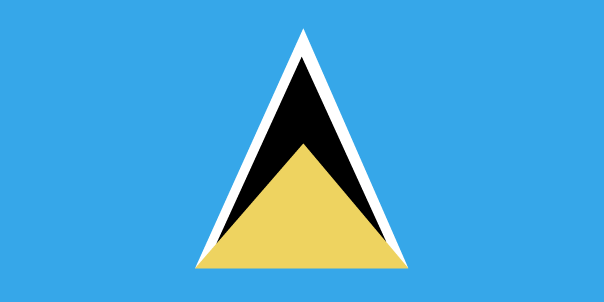United States Singapore United Kingdom Canada Philippines Australia India South Africa Ireland Malaysia China Nigeria Hong Kong New Zealand Trinidad and Tobago Germany Kenya Switzerland France Uganda Russia United Arab Emirates Brazil Japan Indonesia Barbados Jamaica Antigua and Barbuda Bahamas Mexico Norway Netherlands Spain Ghana Pakistan Namibia Taiwan Saudi Arabia South Korea Portugal Saint Lucia Poland Zimbabwe Italy Qatar Guam Sri Lanka Thailand Kuwait Finland Grenada Slovakia Sweden Tanzania Vietnam Austria Botswana Malta Belgium Bangladesh Mauritius Belize Puerto Rico Guyana Turkey Ukraine Cameroon Denmark Bahrain Cyprus Oman U.S. Virgin Islands Cayman Islands Romania Panama Turks and Caicos Islands Israel Hungary Sint Maarten Lebanon Dominican Republic Czech Republic Fiji Democratic Republic of the Congo Papua New Guinea Greece Albania Jersey British Virgin Islands Zambia Macao Dominica Curacao Haiti Colombia Paraguay Iraq Algeria Bulgaria Seychelles Brunei Darussalam Palestinian Territory Peru Lesotho Moldova Saint Vincent and the Grenadines Eswatini Egypt Bermuda Argentina Tunisia Uzbekistan Senegal Saint Kitts and Nevis Estonia Jordan Belarus Honduras Croatia Aruba Malawi Costa Rica Liberia Sierra Leone Serbia Uruguay Morocco Maldives Tajikistan Georgia Myanmar Montenegro Afghanistan Venezuela Solomon Islands Isle of Man Rwanda Caribbean Netherlands Guernsey Chile Kazakhstan Lithuania Laos Burkina Faso Iceland Northern Mariana Islands Anguilla Djibouti Guadeloupe Saint Martin Ethiopia Mozambique Sudan Republic of the Congo Iran Cote D'Ivoire Saint Lucia Flag Meaning & Details 22 VISITORS FROM HERE! Saint Lucia Flag Flag Information cerulean blue with a gold isosceles triangle below a black arrowhead the upper edges of the arrowhead have a white border the blue color represents the sky and sea, gold stands for sunshine and prosperity, and white and black the racial composition of the island (with the latter being dominant) the two major triangles invoke the twin Pitons (Gros Piton and Petit Piton), cone-shaped volcanic plugs that are a symbol of the island
Learn more about Saint Lucia » CIA - The World Factbook
 Previous Country | Next Country
Previous Country | Next Country  » Back to Flag Counter Overview
» Back to Flag Counter Overview
 Previous Country | Next Country
Previous Country | Next Country  » Back to Flag Counter Overview
» Back to Flag Counter Overview